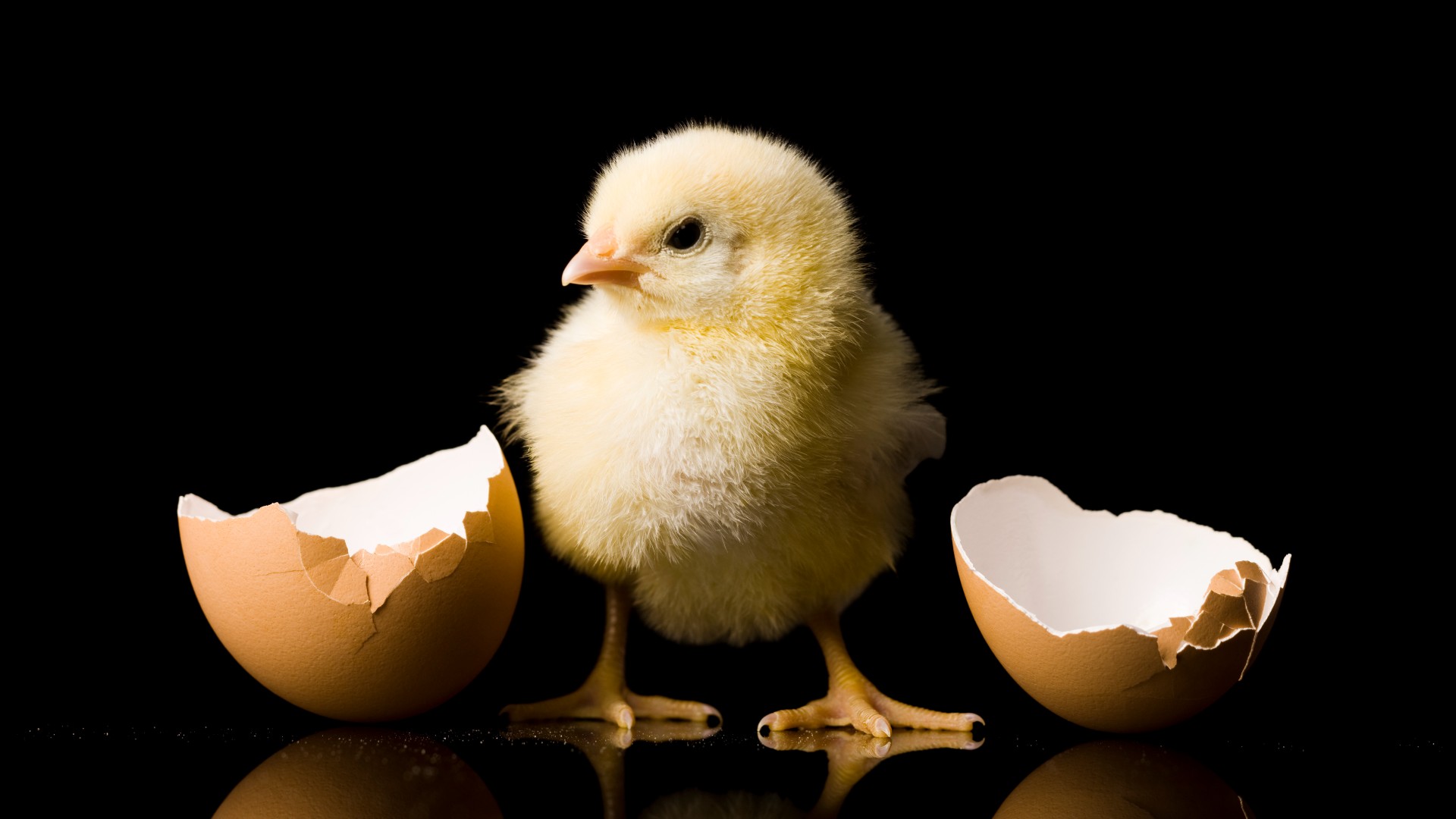
What came first, the chicken or the egg? Through the decades, this question has baffled not only young people but also seasoned academics.
Finally, thanks to research on lizards and amphibians, scientists are growing more confident in their ability to provide the solution.
A recent study, which comes close to providing a solution to this topic, raises the possibility that the earliest relatives of current reptiles, birds, and mammals gave birth to live offspring rather than laying eggs.
The scientists studied 29 living species and 51 fossil species
This conclusion is based on the examination of 29 living species and 51 fossil species that fall within the oviparous or viviparous categories (i.e., lay eggs or give birth to live young) categories. Vivarious species give birth to live offspring, whilst oviparous species are noted for producing hard or soft-shelled eggs. The journal Nature Ecology & Evolution has published these latest findings.
“The discovery of oviparity in this assumed viviparous extinct clade, together with existing evidence, suggests that EER (Extended Embryo Retention) was the primitive reproductive mode,” the researchers stated in the paper.
EER is the term used to describe the mother’s prolonged retention of the embryos for a range of times, most likely dependent on the circumstances that are most suited to their survival.
Chicken or egg question: The conclusion has not yet been proven conclusively
The researchers explained that the first tetrapods to acquire limbs from fish-like fins were mostly amphibious in their habits before the appearance of amniotes, a group of vertebrates that went through embryonic or fetal development. Similar to contemporary amphibians like frogs and salamanders, they had to reside in or close to the water for feeding and breeding.
“When amniotes appeared on scene 320 million years ago, they were able to break away from water by evolving waterproof skin and other mechanisms to control water loss. However, the amniotic egg was the key. It acted as a private pond, protecting the developing reptile from drying out in warm climates and enabling the Amniota to move away from the water and dominate terrestrial ecosystems,” Professor Michael Benton from the Bristol School of Earth Sciences explained.
Researchers disputed this idea because a number of lizards and snakes exhibit varied reproduction techniques, including oviparity and viviparity. Many of these species were shown to be live-bearers thanks to fossil evidence, which shows that they once alternated between giving birth to young and laying eggs.
“EER is common and variable in lizards and snakes today. Their young can be released, either inside an egg or as little wrigglers, at different developmental stages, and there appear to be ecological advantages of EER, perhaps allowing mothers to release their young when temperatures are warm enough and food supplies are abundant,” explained Dr. Joseph Keating.
The research team hypothesizes that early animals benefited from adaptive parental protection, however, the conclusion has not yet been proven conclusively.
